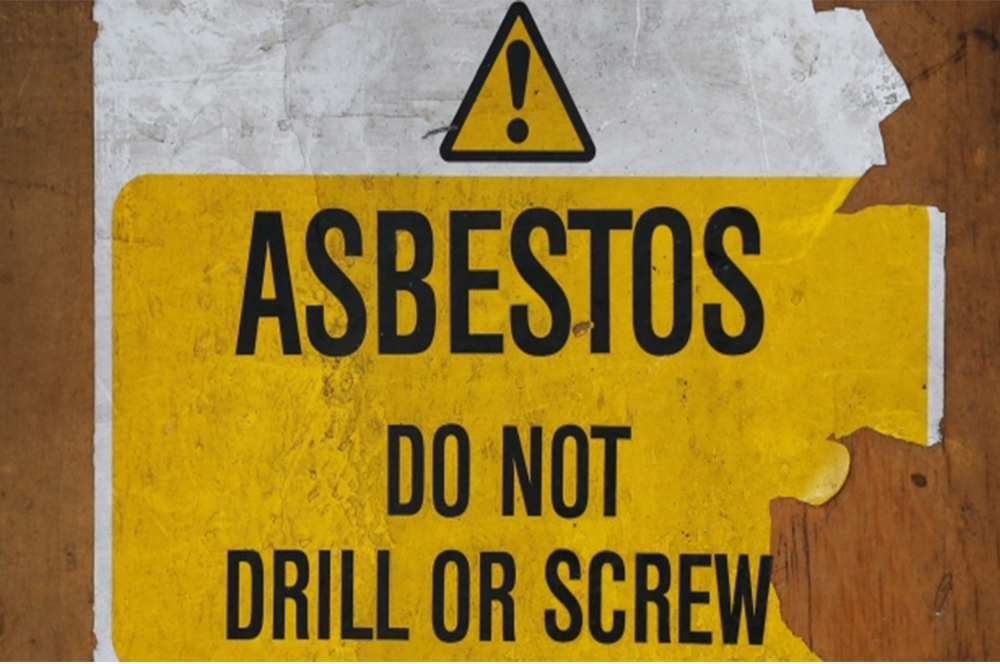WorkSafeBC is stepping up efforts to prevent asbestos exposure — for both workers and homeowners alike.
The agency says homes built in B.C. prior to the 1990s are likely to contain the toxic fireproofing agent in some form, which can be released into the air and inhaled if proper precautions aren't taken.
"We're trying to raise the level of awareness to get [people] to think about asbestos each and every time they do some work, whether it's renovation or demolition," said Al Johnson, vice-president of prevention services at WorkSafeBC.
Chronic exposure causes cancer, lung disease
Asbestos is a mineral that was once used for a wide variety of construction applications, due mainly to its fire resistance and widespread availability. Its use fell out of favour toward the end of the 20th century as mounting evidence began to show that inhaling asbestos dust can cause cancer and lung disease.
While asbestos is rarely used in modern construction, Johnson says it's still the number one cause of death in the construction industry. He said 44 workers died of asbestos-related disease in the first half of 2017 alone, and that 605 have died in the last 10 years.
A building made with asbestos isn't hazardous on its own. The main way people are exposed today, Johnson said, is from taking insufficient precautions while doing demolition and renovation work on such buildings, releasing asbestos dust into the air and inhaling it.
"Asbestos fibres themselves are so small you can't see them," Johnson said.
"They don't smell; they don't taste funny — you can't tell you're breathing them in. And because the fibres are so small, when they're released into the air, they can float around for a long time."
Johnson said the problem is especially prevalent in Vancouver, where properties are frequently bought for the land value and extensive renovation or demolition work is then done on the house itself.
Test before you reno or demo
But it's not just construction workers who are at risk. Johnson said anyone doing work on a home built prior to 1990 — either themselves or by hiring a contractor — should make sure they adequately test various materials before renovating or demolishing and dispose of them properly if asbestos is detected.
Johnson said asbestos can be found in drywall, floor tiles, ceiling tiles, stipple and anything plaster-like.
The main thing homeowners can do to protect themselves, Johnson said, is ask to see the lab results of any asbestos tests their contractors do and make sure they dispose of it safely if it is found.
Johnson also encouraged workers to do the same with their employers if they're working on a building they suspect might contain asbestos.

